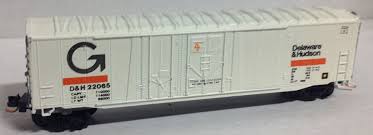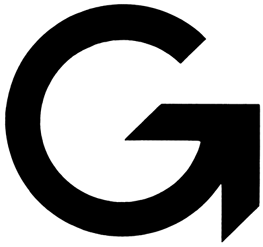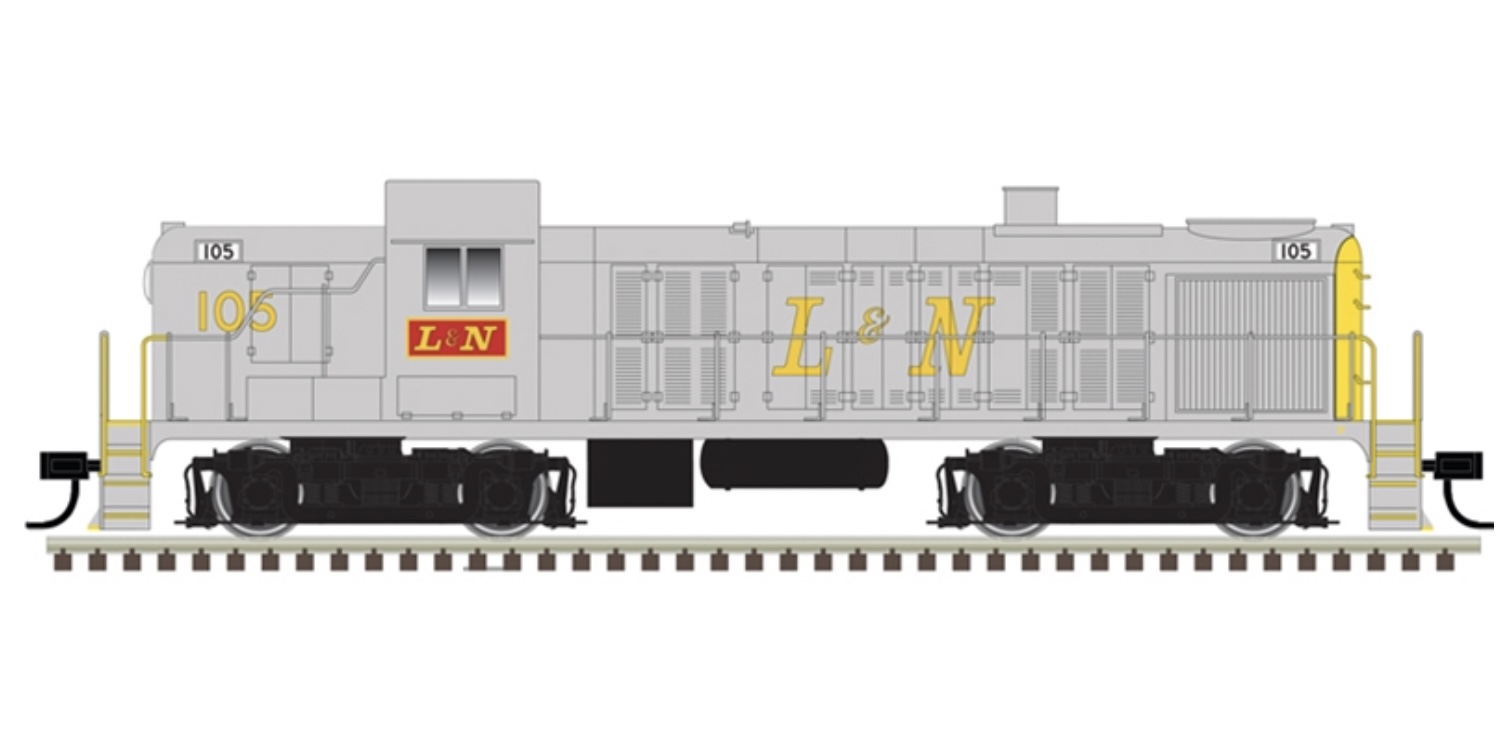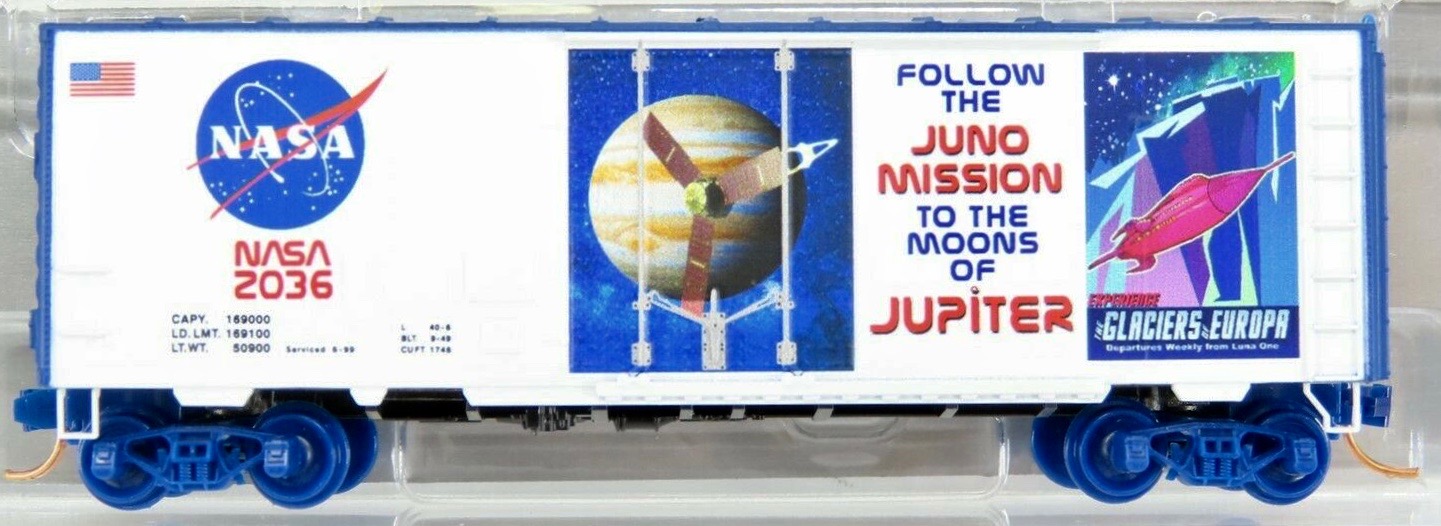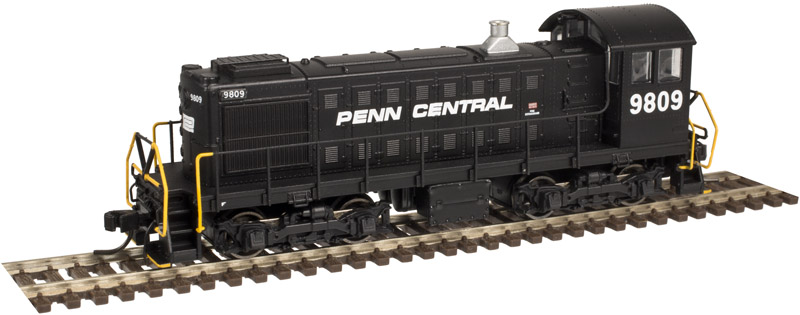Prototype History: The 50-foot boxcar made its first appearance in the 1930s and steadily grew in popularity over the years, which further improved redundancies by allowing for even more space within a given car. Today, the 50-footer remains the common boxcar size. After the second world war ended, and steel became once again readily available, steel became the go-to choice for construction of boxcars. Pullman Standard and ACF were some of the most prolific builders of these cars.
In the 1960s, the flush, "plug" style sliding door was introduced as an option that provides a larger door to ease loading and unloading of certain commodities. The tight-fitting doors are better insulated and allow a car's interior to be maintained at a more even temperature.
In the 1960s, the flush, "plug" style sliding door was introduced as an option that provides a larger door to ease loading and unloading of certain commodities. The tight-fitting doors are better insulated and allow a car's interior to be maintained at a more even temperature.
Road Name History: Guilford Transportation Industries (GTI) was formed in 1977. GTI entered the railroad business in 1981 with its purchase of the Maine Central Railroad from U.S. Filter Corporation. This was followed by its 1983 purchase of the Boston & Maine Railroad, and in 1984 it purchased the Delaware & Hudson Railway (D&H). In 1988, GTI declared D&H bankrupt. D&H employees took it over, with the New York, Susquehanna & Western Railway managing it. The employees then sold out in 1991 to the Canadian Pacific Railway.
GTI purchased the name, colors, and logo of Pan American World Airways in 1998. In March 2006, GTI changed its name to Pan Am Systems.
Read more on Wikipedia.
GTI purchased the name, colors, and logo of Pan American World Airways in 1998. In March 2006, GTI changed its name to Pan Am Systems.
Read more on Wikipedia.
Brand/Importer Information: Con-Cor has been in business since 1962. Many things have changed over time as originally they were a complete manufacturing operation in the USA and at one time had upwards of 45 employees. They not only designed the models,but they also built their own molds, did injection molding, painting, printing and packaging on their models.
Currently, most of their manufacturing has been moved overseas and now they import 90% of their products as totally finished goods, or in finished components. They only do some incidental manufacturing today within the USA.
Important Note: The Con-Cor product numbering can be very confusing. Please see here in the article how to properly enter Con-Cor stock numbers in the TroveStar database.
Currently, most of their manufacturing has been moved overseas and now they import 90% of their products as totally finished goods, or in finished components. They only do some incidental manufacturing today within the USA.
Important Note: The Con-Cor product numbering can be very confusing. Please see here in the article how to properly enter Con-Cor stock numbers in the TroveStar database.
Item created by: gdm on 2019-01-23 20:35:13. Last edited by CNW400 on 2020-07-08 10:44:02
If you see errors or missing data in this entry, please feel free to log in and edit it. Anyone with a Gmail account can log in instantly.
If you see errors or missing data in this entry, please feel free to log in and edit it. Anyone with a Gmail account can log in instantly.



